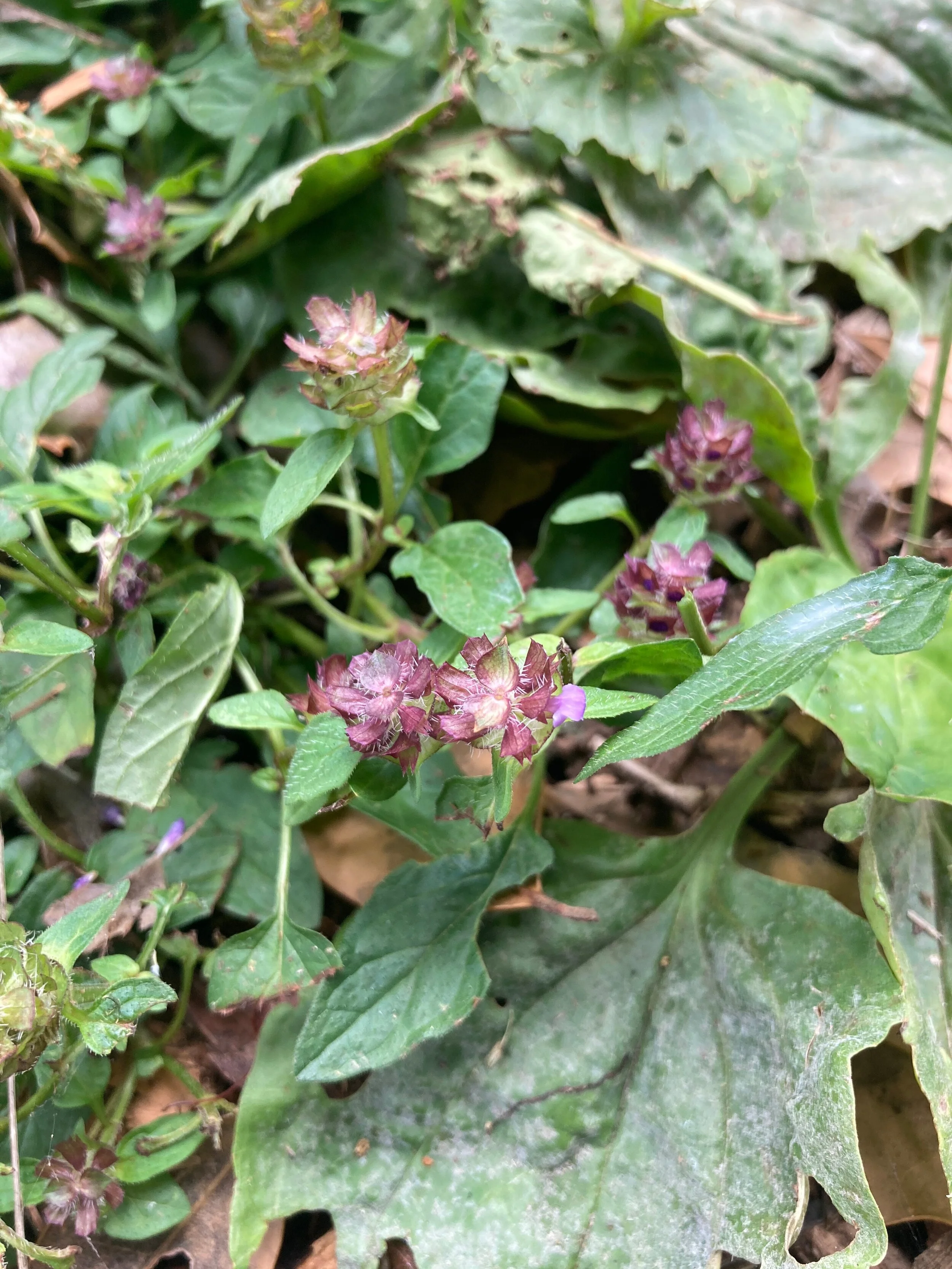The Hose
Today I am thankful for the inventor(s) of the hose. Yes, that’s right, I bought a hose. Life has been full and many creative endeavors have been demanding my time these days. Thus, it became clear that my labor-intensive watering methods were in fact a barrier to the garden’s health. Simply put, if I found myself without the time to water, I would skip it all together. I’ve been relying on the summer rains to pick up my slack, but they must be busy too because I haven’t been seeing much of them. Dare I say, it’s possible that we are in a dry micro-climate here.
In giving thanks to the hose, I wondered: what’s the origin story? Many sources will tell you that a Dutch man by the name of Jan van der Heiden invented the firehose in the 1600s. But surely humans had the need for such a useful tool far more than 500 years ago. A bit more digging on the internet yielded this tidbit of information: there is evidence of firehoses dating back to 400 BC. The garden hose seems to evolve out of the fire hose, and the modern firehose— with its length and stitching —was inspired by van der Heiden’s idea to join together long pieces of leather. Before this brilliant advancement, folks were stuffing ox guts with water and stomping on them. I will spare you a lengthy history lesson but if you just must know, you can find more information here.
If you’ve been reading along with my misadventures in gardening, you may remember my horror in exterminating the supposedly harmless squash bugs. Well, let me tell you, one of the lessons I’m learning about gardens is that your homework is never done. A few weeks back, I started noticing these little yellow caterpillars that looked straight out of a Pixar film. As is the case with almost all things in the yard mid-summer, at first you notice one or two of something, then you blink and there’s an apocalypse on your hands. My squash plants have been completely taken over by squash beetle larvae, who, as it turns out, can transmit harmful bacteria amongst your plant colonies. Oh man, and I thought I was doing something nice by sharing the crops. What’s that saying about good intentions?
These days in the garden, it’s been mostly about fending off disastrous insect populations, picking beans, and watching the tomatoes ripen like waiting for a pot of water to boil. I’ve been greedy and impatient with the tomatoes, because I am a picky eater of this particular fruit, and only enjoy them fresh from the garden. You can judge me. We all have our things. Anytime I see an even slightly ripe tomato, I know it’s coming inside with me, lest it be snatched up by some other hungry critter with a penchant for vine-fresh nightshades. Speaking of which, we’ve had a good number of groundhog sightings lately. I call this one Willy, short for Wilma, and I’m only assuming she’s a female. We saw her on the porch yesterday, a bold move for such a timid creature, so of course now I am daydreaming of sitting next to Willy on the porch steps, sharing a ripe tomato. I’ll be sure to keep you updated.
As a note to end things on, I made a discovery a few weeks ago of a beautiful plant growing in the yard: Prunella vulgaris, aka self-heal. It’s such a tiny little colony of plants in an area that often gets walked on, so I’m attempting to propagate it in other areas of the yard under different conditions. This specimen is very low to the ground, and in a shady area. I have heard the plant can grow up to three feet high, and I’m determined to inspire this species to go for it. I’m hoping to cultivate more so I can experiment with its medicinal qualities, of which there are many.


